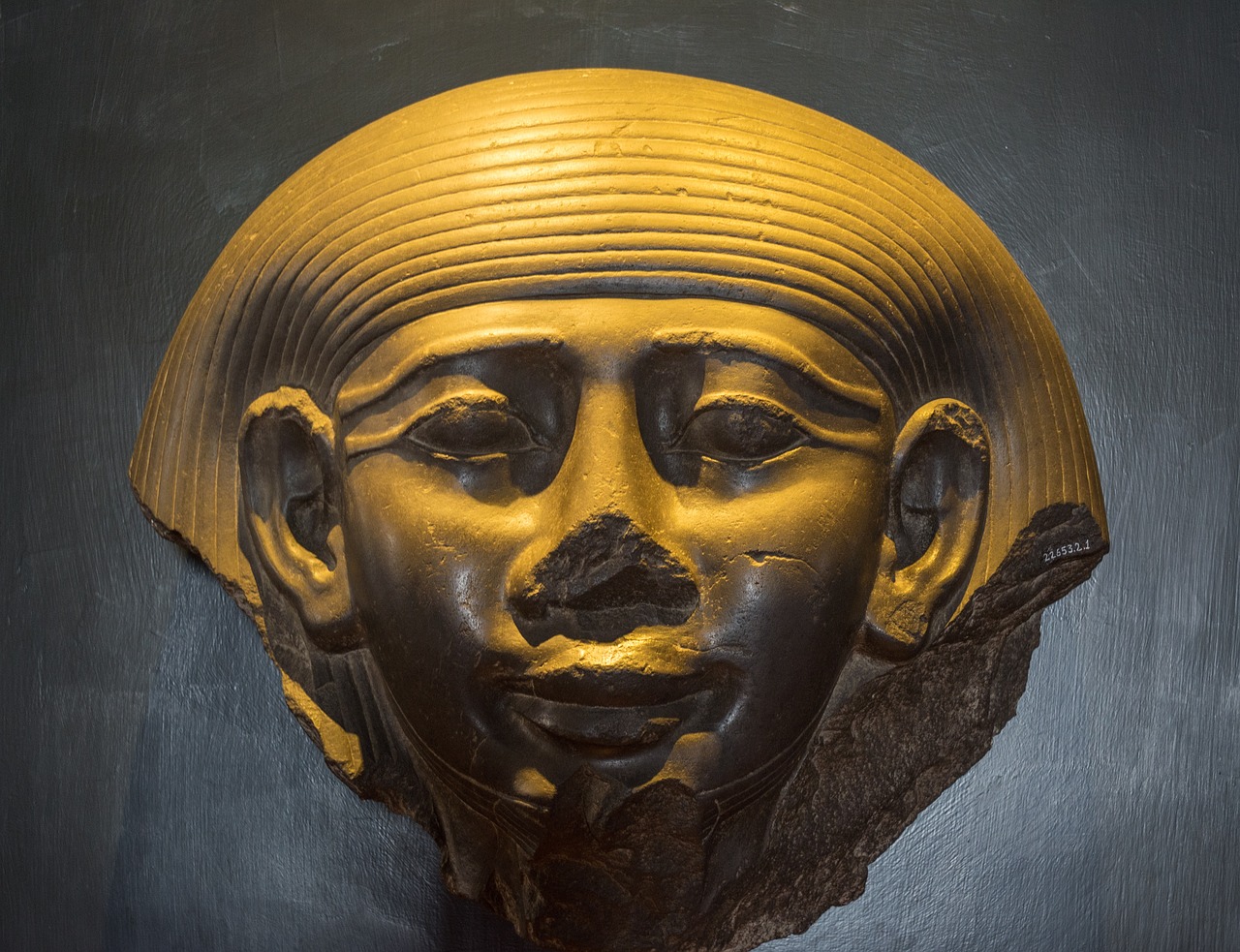Ancient Egyptian religion encapsulates the indigenous beliefs of Egypt, extending from predynastic times in the 4th millennium BCE to the eventual decline of traditional culture in the early centuries CE. For a comprehensive understanding of this historical context, one may refer to the broader history of Egypt.
Nature and Importance
The ancient Egyptians integrated their religious beliefs and practices deeply within the societal fabric, especially from around 3000 BCE. While there were likely remnants of prehistoric beliefs, they may not hold significant relevance for later developments. The advent of the Egyptian state provided a new framework through which religion was understood. Religious life was ubiquitous; thus, it is unnecessary to classify it as a singular entity or a cohesive system. One must, however, appreciate how religion interplayed with various secular human activities and values.
Over the course of more than three millennia, Egyptian religion exhibited notable transformations in focus and practice; however, a consistent character and style persisted throughout different eras. It is vital to recognize that religion should not be narrowly defined as merely worshiping deities and expressing piety. Religious behavior extended beyond this to include engagement with the dead, divination, oracles, and magic, often invoking divine powers and connections.
Two central aspects of Egyptian public religion were the king and the gods, both integral to the essence of Egyptian civilization. The king held a distinctive position bridging humanity and the divine, participating in both realms and constructing immense, religiously significant funerary monuments intended for his afterlife. The pantheon of Egyptian gods is notable for its varied representations, which often included animal forms and hybrids, featuring animal heads atop human bodies. Among these deities, the sun god was paramount, with numerous names and aspects, associated with an array of supernatural beings in a solar cycle mirroring night and day. Additionally, Osiris, the ruler of the underworld and god of the dead, gained prominence during the first millennium BCE, particularly in conjunction with his consort, Isis, as solar worship began to wane.
Worldview and Order
Egyptians envisioned the cosmos as a realm containing both deities and the earthly realm, with Egypt at its center, surrounded by chaos. Disorder was seen as a looming threat that needed to be countered. The king’s role as the leader of society was to maintain divine favor and uphold order against chaos. This inherently pessimistic perspective of the universe was chiefly linked to the sun god and the cyclical patterns of solar activity, providing validation for the king and the elite’s responsibility in sustaining societal order.
Despite the prevailing sense of pessimism, official artistic representations of the universe were generally optimistic. These depictions illustrated a perpetual harmony between the king and the gods, highlighting their interdependence, which ultimately underscored the precariousness of order. The artistic constraints inherent within these monuments played a critical role in maintaining decorum and established protocols regarding how and what could be depicted.
Although the beliefs recorded in monuments and texts were primarily those of the king and the elite, the religious practices and convictions of the general populace remain less documented. While it’s unlikely there was a complete discord between the beliefs of the elite and those of the broader population, such a divergence cannot be entirely dismissed.



